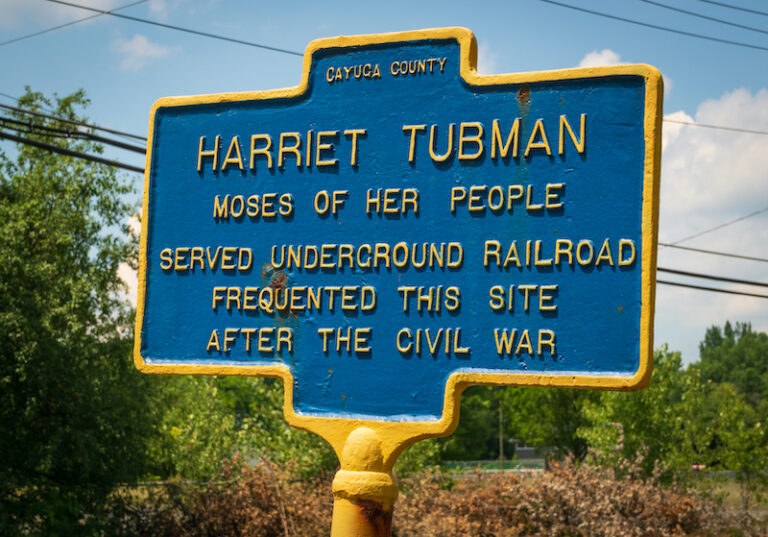It is that point — “this commercial thing” in the middle of academia, as Charles T. Clotfelter, a public policy professor at Duke, put it — that some believe has thrown the system out of kilter. In his recent book “Big-Time Sports in American Universities,” Dr. Clotfelter notes that between 1985 and 2010, average salaries at public universities rose 32 percent for full professors, 90 percent for presidents and 650 percent for football coaches.
The same trend is apparent in a 2010 Knight Commission report that found the 10 highest-spending athletic departments spent a median of $98 million in 2009, compared with $69 million just four years earlier. Spending on high-profile sports grew at double to triple the pace of that on academics. For example, Big Ten colleges, including Penn State, spent a median of $111,620 per athlete on athletics and $18,406 per student on academics.
Division I football and basketball, of course, bring in millions of dollars a year in ticket sales, booster donations and cable deals. Penn State football is a money-maker: 2010 Department of Education figures show the team spending $19.5 million and bringing in almost $73 million, which helps support 29 varsity sports. Still, only about half of big-time programs end up in the black; many others have to draw from student fees or the general fund to cover expenses. And the gap between top programs and wannabes is only growing with colleges locked into an arms race to attract the best coaches and build the most luxurious venues in hopes of luring top athletes, and donations from happy alumni.
More>>




